News & Blog

How to paint like Caravaggio: Master copy of “Narcissus”
In this article, I will talk through my thinking and painting process for a study I completed a few years ago of Caravaggio’s “Narcissus”. Copying this painting provided insights in to this more Baroque manner of painting - compared to, for example, some of the more Northern European style work - which employs different techniques.

How to prepare a panel for oil painting
Have you ever imagined the surfaces upon which the masterpieces of Giotto, Leonardo, and Raphael are painted? Have you ever wondered how these were prepared, or where they came from? Have you ever fancied yourself painting onto an exquisite, ivory-like surface rather than the dull, mass produced cotton canvases from your local art shop?
Read on to learn the traditional methods for making your own rabbit skin glue (size), gesso (primer) and applying it to a wooden panel for oil painting. It’s worth the time and effort, I promise.
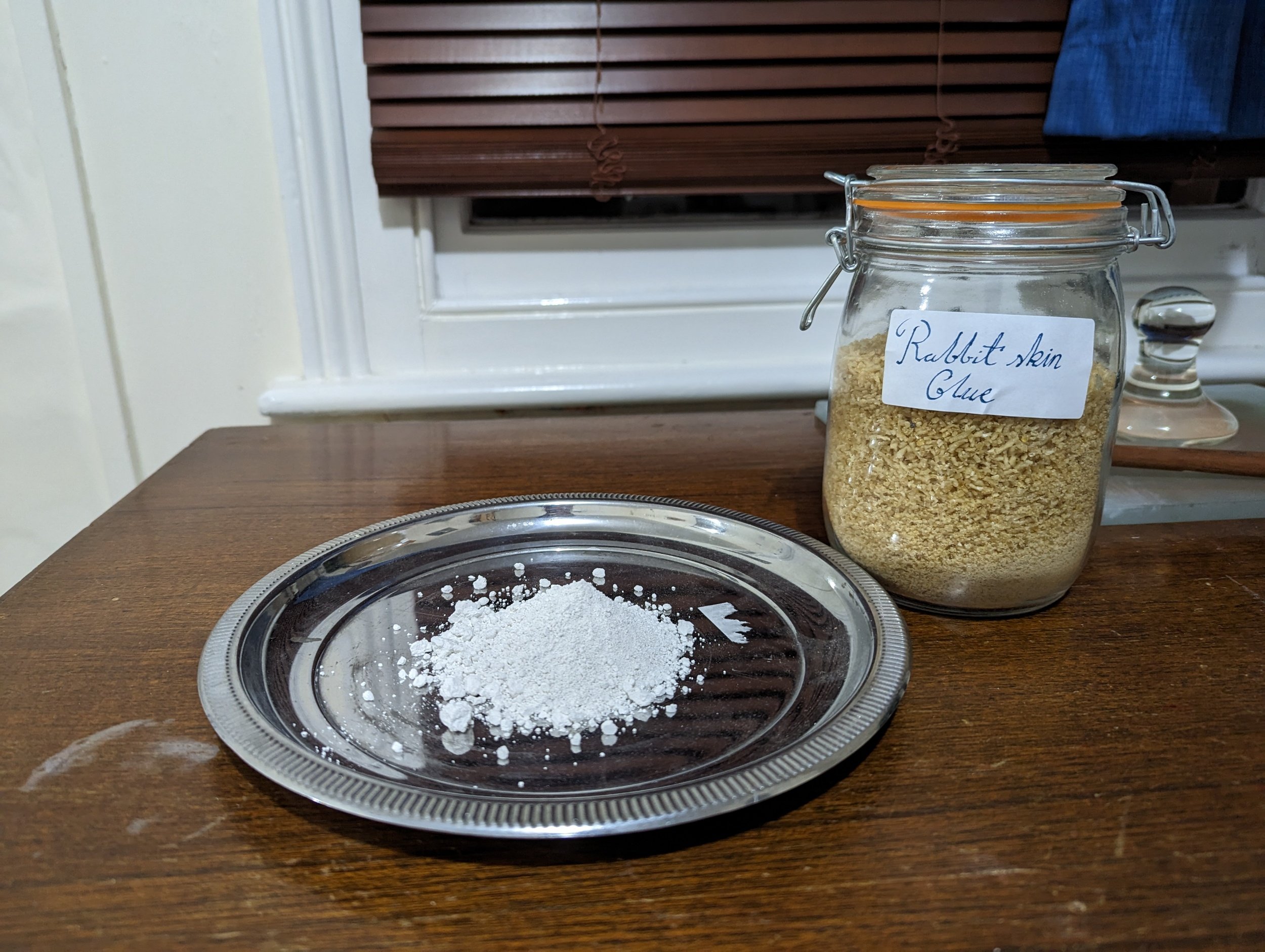
What is gesso?
Literally translated, gesso is Italian for chalk, plaster, or gypsum. In practice, this is reasonably representative of what it materially is. Indeed, the key ingredients in gesso are chalk (or other calcium-based minerals) and a binder.
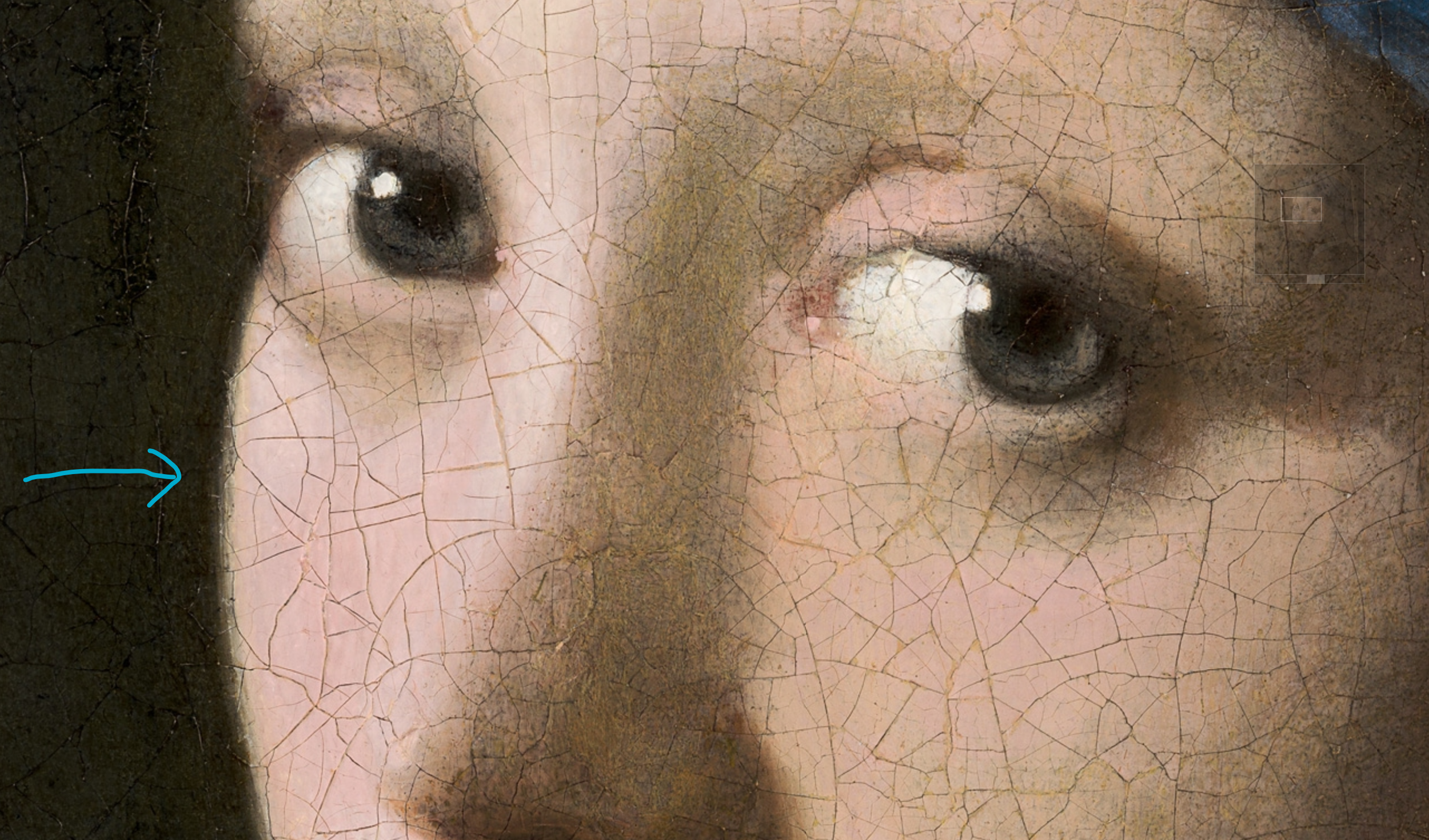
Vermeer’s techniques #1 - soft edges and rotation
In this short article, I want to highlight a subtle yet incredibly powerful technique - scumbling and soft edges. It’s a technique that was employed by all of the great masters to beautiful effect, however to keep this particular discussion short I will focus on Johannes Vermeer’s use.
At the end, I will show how this particular technique has been used in my own work.
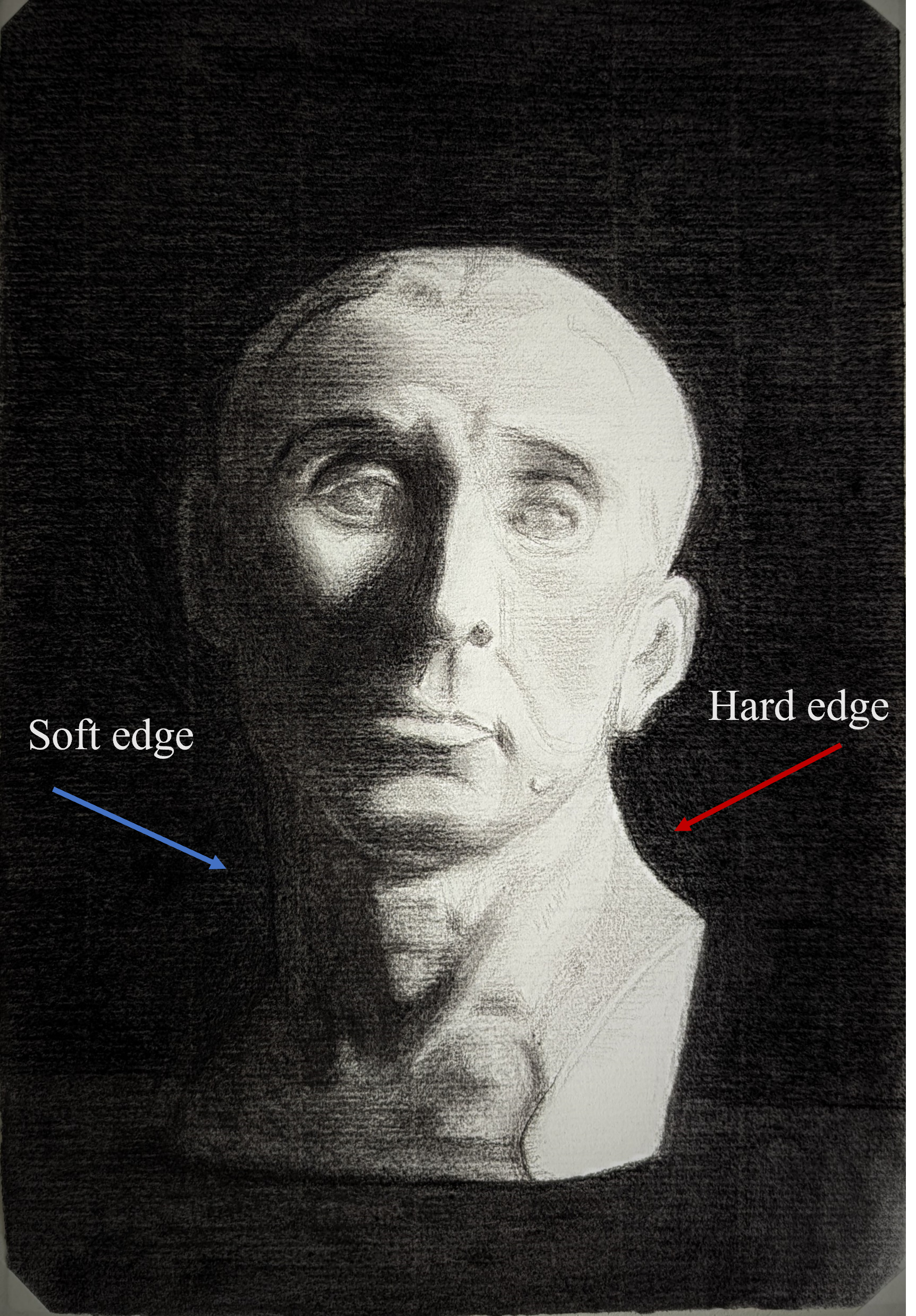
Hard and soft edges
Artists often talk about the idea of a “hard edge”, a “soft edge”, “edge quality”, “line quality” etc. but what do all of these terms mean?
Whenever you have two colours, or more importantly two values adjacent to one another, a boundary is formed between them. If the border between these two is exact with no blending or overlap - this is called a “hard edge”. I have shown the most basic example of a hard edge between a light and dark value in the first picture above…
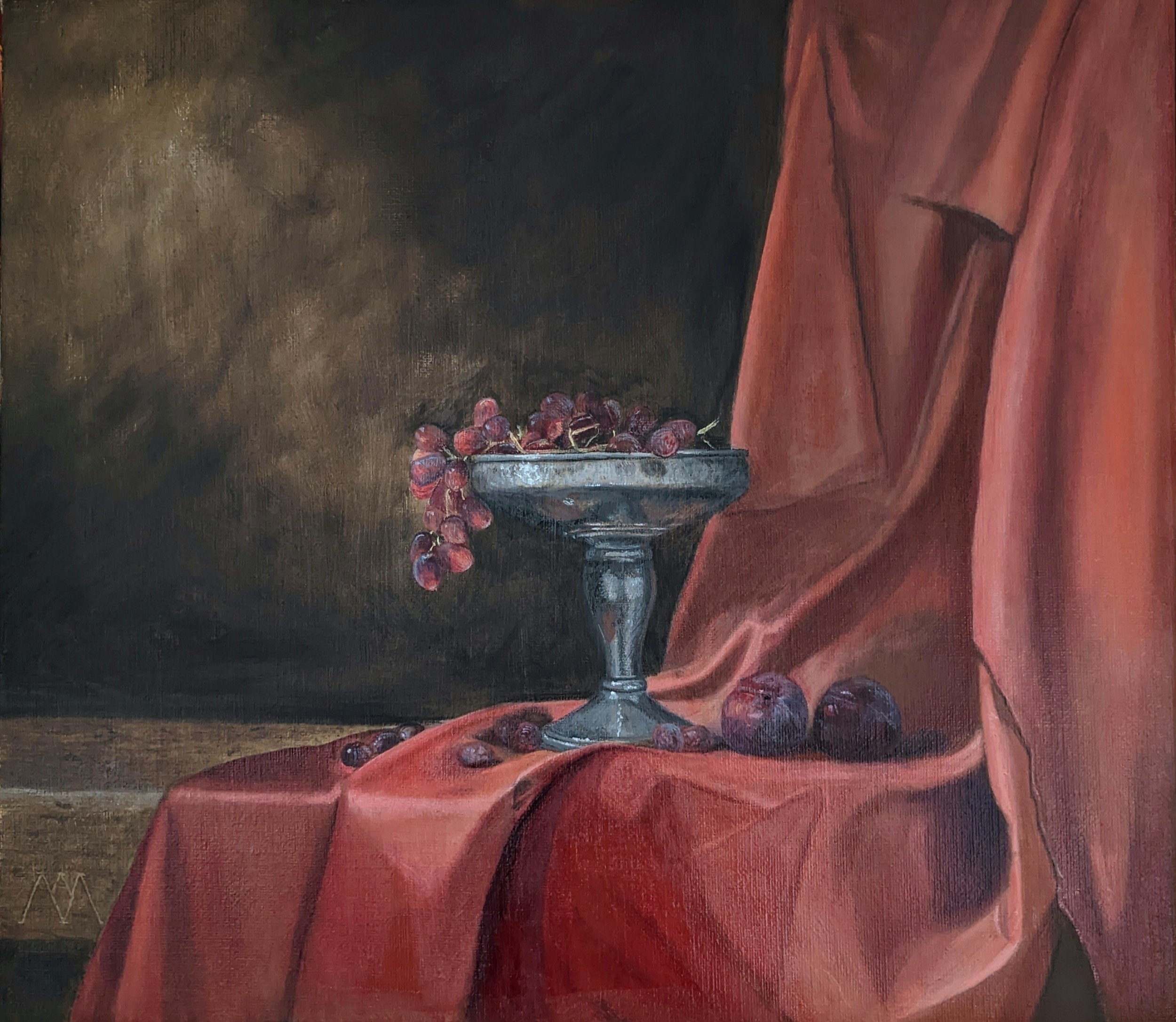
A study in scarlet - painting with historical reds
A study of two of the most beautiful red pigments in history - vermilion and cochineal lake (carmine). Read on to see how lessons can still be learned from the old masters such as Jan van Eyck and applied in contemporary art today.
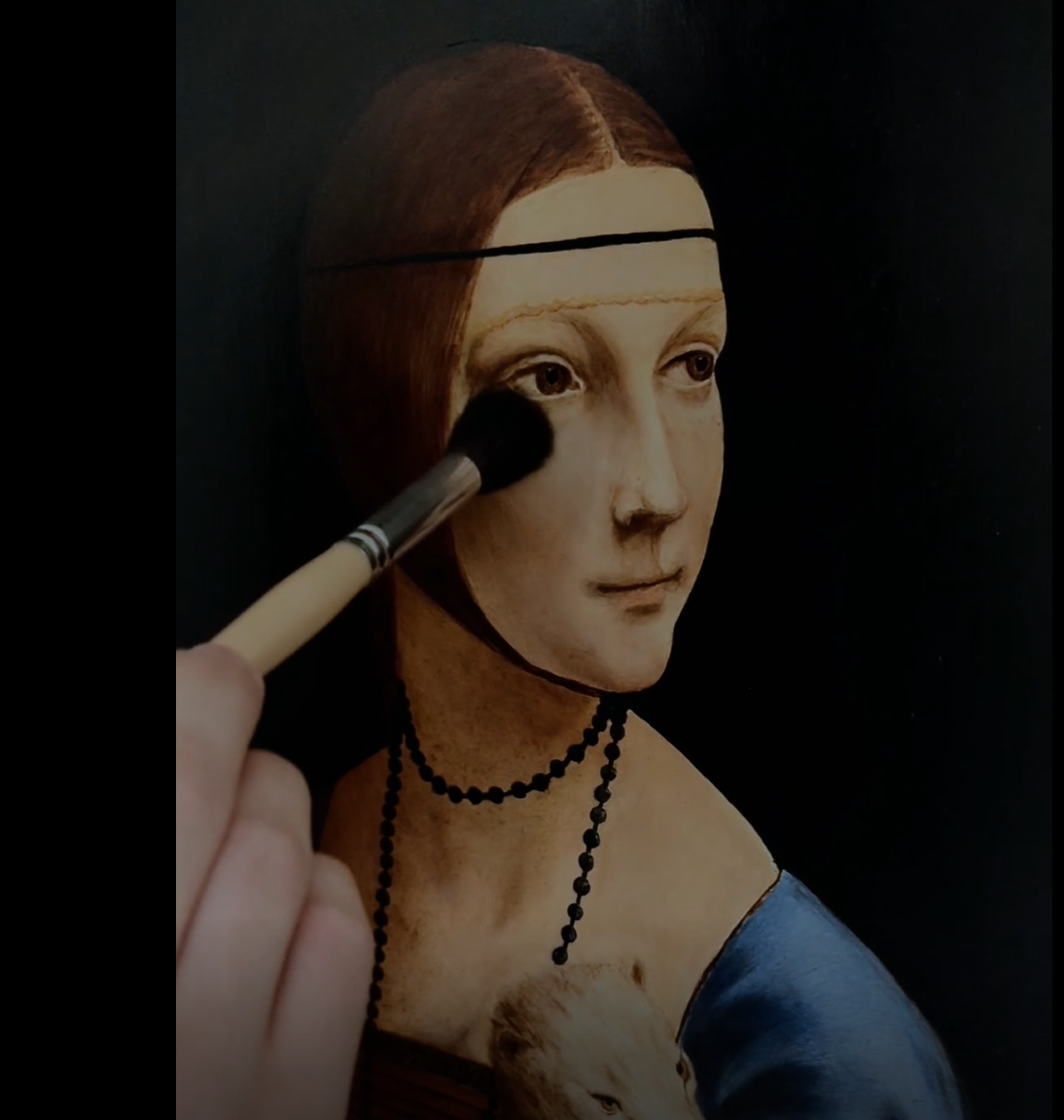
Sfumato technique in “Lady with an Ermine”
In this short video clip, I demonstrate an approach to achieving the incredibly subtle shadows (sfumato) observed in Leonardo’s works.